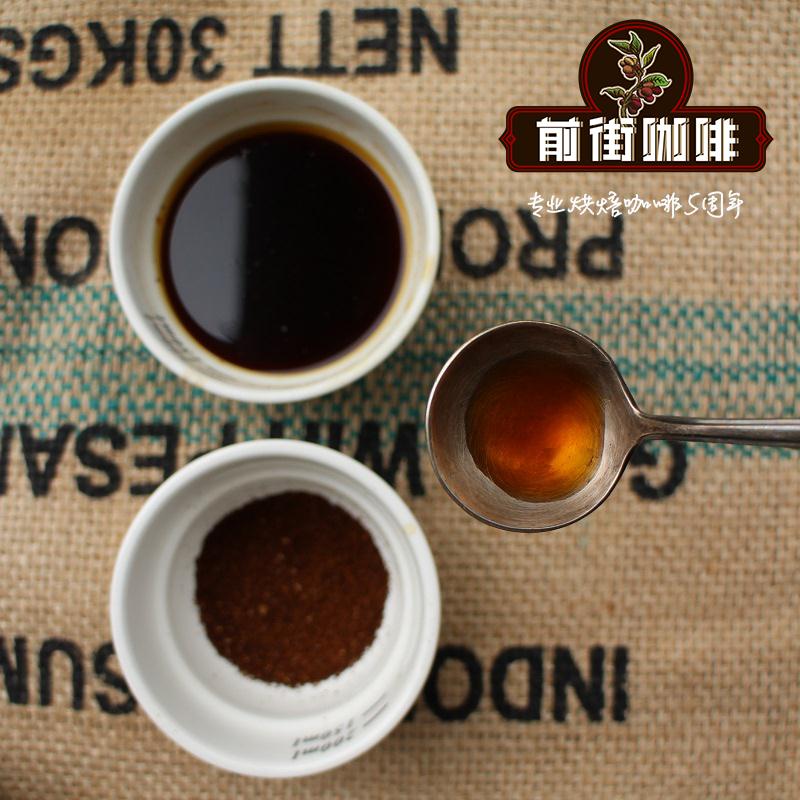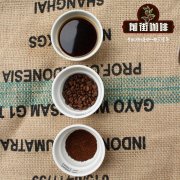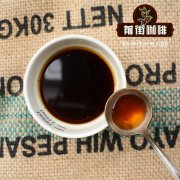What is the meaning of coffee honey treated with coffee honey? what's so special about coffee bean red honey treatment?

Professional coffee knowledge exchange more coffee bean information please follow the coffee workshop (Wechat official account cafe_style)
Honey treatment (Honey Process)
The honey treatment method is between the sun drying method and the water washing method, in which the pulp of the coffee is first screened and some of the pulp is retained before exposure.
Honey treatment mainly originated in Costa Rica in Central America, and it is currently one of the most widely used treatment methods in Central America, but it takes a long time and must be handled very carefully, and the time points of exposure and turning must be mastered well. in order not to produce defective coffee beans.
The classification of honey treatment is divided according to the proportion of preserved pulp: White honey (White Honey) retains 10% 20% pulp yellow honey (Yellow Honey) retains 30% 40% pulp.
Red honey (Red Honey) retains 50% flesh black honey (Black Honey) retains 70% 80% pulp, low altitude temperature is slightly higher for drying, the first 24 hours is covered with slight fermentation, and the latter drying process is transferred to an African drying bed for drying.
Golden honey (Gold Honey) basically retains all pectin, drying at low temperature at high altitude, prolonging the drying time.
There are choices such as yellow honey, red honey and black honey. You may have heard of the percentage of pectin layer retained by these honey treatments, and what exactly does this mean?
Coffee farmers will classify coffee, some will retain less pectin layer so that they can be exposed faster, while others will retain more pectin layer and require longer exposure time. Yellow honey (about 25% of the pectin layer) in order to finish faster during exposure, it must be carried out in the least shaded environment (clouds, shade trees) to get a yellow appearance. Red honey (which retains about 50% of the pectin layer) takes longer and needs some shelter to expose itself. Black honey (which retains about 100% of the pectin layer) is usually covered in order to extend the exposure time.
Juxtaposed with the two traditional treatment methods, water washing and sun treatment, honey treatment has become a unique method in coffee treatment. The production process of honey treatment is complex and laborious. If not properly controlled, the whole batch of beans will have the smell of overripe fermentation rot, but the coffee beans made well will also have a relatively high sweetness. The advantage of honey treatment is that it can reduce the acidity of beans and the aroma is more delicate, but this is the taste when honey treatment is carried out perfectly. If it is not carried out well, it will taste bad acetic acid, like onion or garlic.
Even if the implementation is quite good, it will still smell a little muddy, the aftertaste will be less clean, and the miscellaneous smell will be heavier than the general washing method. Therefore, on the whole, the risk of honey treatment is much higher than that of general wet treatment. The taste difference between honey treatment and washing treatment: higher sweetness than washing, higher sugar content, and relatively higher alcohol thickness (under the premise of the same baking degree), so that the coffee retains the cleanliness of washing treatment, although the brightness of coffee has decreased, but increased sweetness and caramel taste.
Important Notice :
前街咖啡 FrontStreet Coffee has moved to new addredd:
FrontStreet Coffee Address: 315,Donghua East Road,GuangZhou
Tel:020 38364473
- Prev

Is low temperature solarization of coffee beans an improvement on solarization, and what are the advantages
Professional coffee knowledge exchange More coffee bean information Please pay attention to the coffee workshop (Weixin Official Accounts cafe_style) coffee processing method, which is simply the method of "peeling and taking beans." Therefore, before understanding the impact of coffee processing on coffee flavor, we must first understand the structure of coffee fruit. Coffee beans are the seeds of coffee cherries. Cut open coffee cherries from the inside out
- Next

Do you know there are three ways to process coffee beans? Introduction to the respective characteristics of the three major coffee bean treatment methods
Professional coffee knowledge exchange more coffee bean information Please pay attention to the coffee workshop (Wechat official account cafe_style) generally speaking, there are three ways to treat coffee, namely: sun drying: bean drying, shelling, screening and grading. Washing method: selecting beans, removing pulp, fermenting, washing, drying, shelling, selecting and grading. Honey treatment (between sun exposure and washing): daily with mucous membrane
Related
- What is the meaning of lactic acid fermentation with coffee bean treatment?
- How to judge the state of foam by sound?
- How does the latte pull out the unicorn pattern? Come to get for a little trick to improve the flower pull!
- Will flower pulling affect the taste of the latte?
- Do you know the history of coffee?
- The difference between honey treatment and sun washing what is raisin honey treatment?
- What kind of milk can a novice use to make coffee foam to keep the foam longer? The correct method and skills of milking tutorial sharing
- Why do washed coffee beans taste sour? Flavor characteristics of washed Coffee
- Introduction to the skill of how to practice the size and height of water injection around the circle of hand-brewed coffee
- How do beginners practice coffee flower drawing from scratch?

